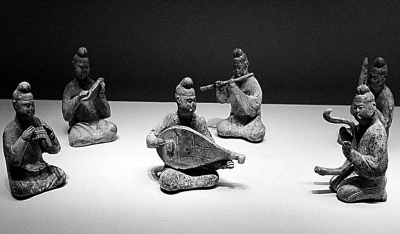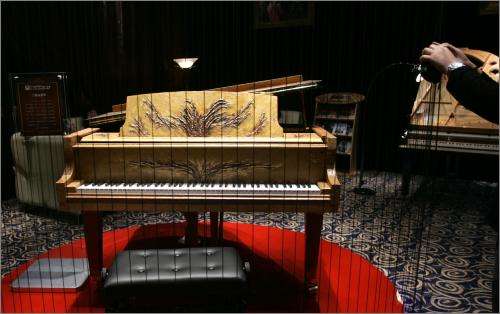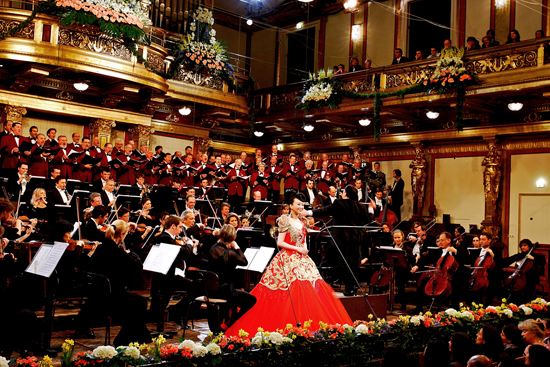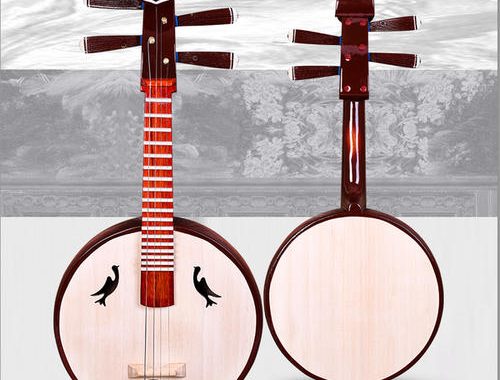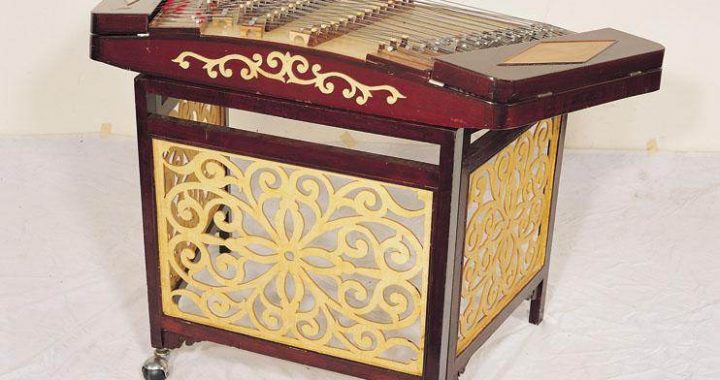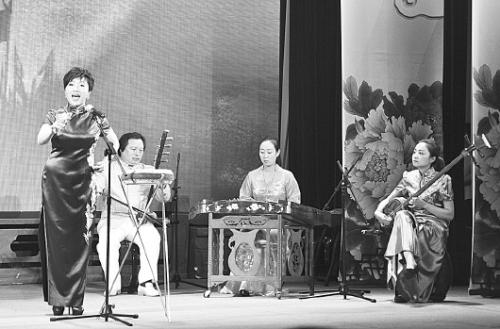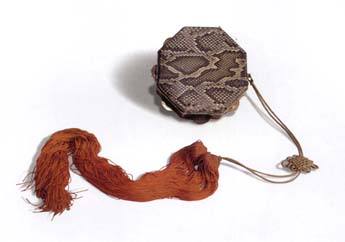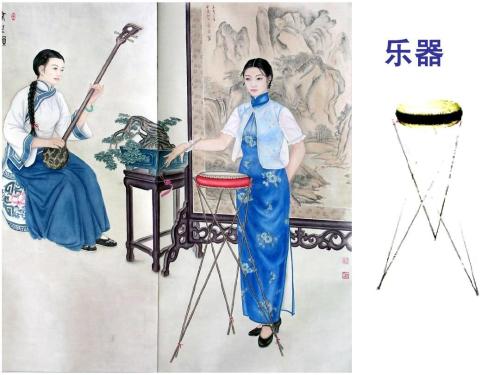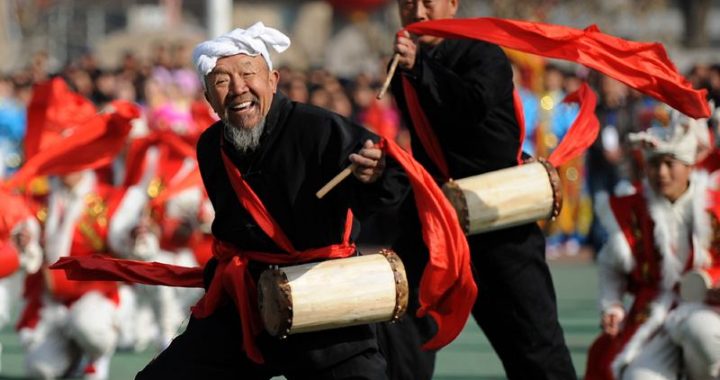Figurines of musicians
1 min readfrom Hejialong, Wuchang The practice of burying pottery figurines with the dead, common during the Han Dynasty, once more came into vogue during the Sui-Tang period. Archeologists have found numerous figurines of musical ensembles dating from this period. Generally made of fired clay, they were buried along with the deceased to provide them with beautiful music in the next world. The groupings, construction, type, and number of the musical instruments, as well as the form, costurnes, expressions, and gestures of the musicians, vividly reproduce the atmosphere of the period and provide an important glimpse of the musical instruments of ancient China. Among the instruments commonly depicted are the paigu drum, bili (oboe), pipa (lute),hengdi (transverse flute), konghou (harp), and sheng (reed pipes). In 195 6, a grouping of tomb figurines of acrobats and musicians playing the paigu drum, pipa (lute), paiban (clappers), and sheng (reed pipes) was unearthed at Hejialong, Wuchang, Hubei Province. The figurines are carefree, smiling, and full of energy.
